The Article
VERTEX AQ, STAGE 5: HI-REZ TAGA BALANCED
4th August 2017
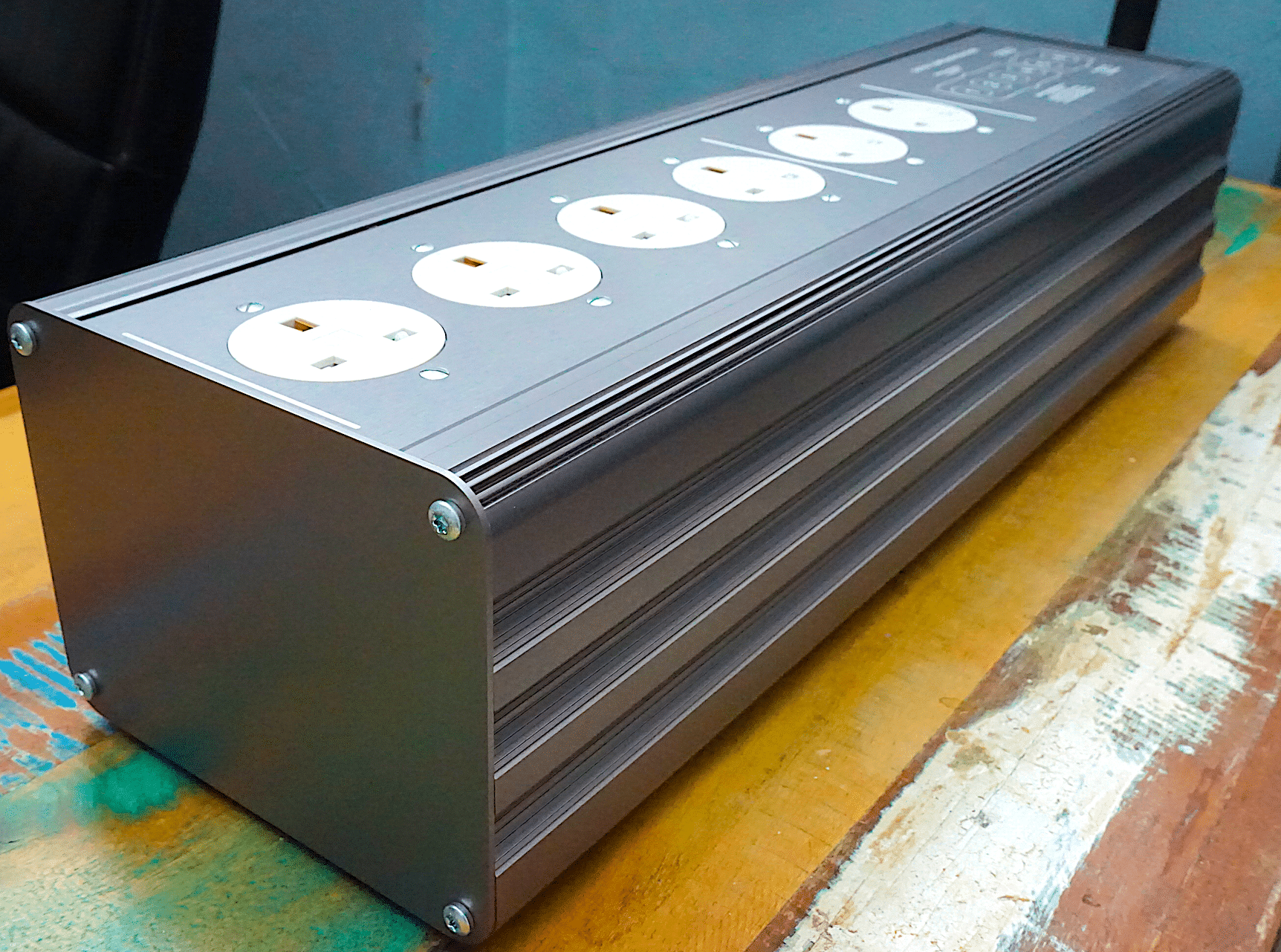
The development of the Vertex AQ system enters into the balanced field as Paul Rigby looks closely at the high-end balanced mains power block, the Hi-Rez Taga Balanced
The notion of ‘noise’ is something that I’ve been talking about for some time on this site. For those new to my rantings, this sort of noise is not the loud and proud type. Not the type made by a crying baby, a pneumatic drill or politicians: not the sort that hurts the ears and has you reaching for the ear plugs. There’s all kinds of noise out there, much of it you can’t really hear because the brain tunes it out. If you were aware and conscious of absolutely all of it, you’d go mad. For example, those of you who live next to an actively ringing and regularly sounding church bell will probably now, after years of living next to it, never hear it – or, rather, are no longer aware of it – because you’ve got so used to the thing, you never register it any more, the brain has excluded it.
The noise that swamps your hi-fi is similar in many ways. It’s main purpose isn’t really to jump up and down and make itself noticed but to quietly mask and cover other sound. Your music. It acts as a sort of curtain or blanket and, unless you take measures to get rid of it, will always be there. Even expensive hi-fi systems, despite the fact that their inherent superior designs will eradicate some of the noise, will be plagued by the stuff unless, as I say, you get up off your backside and actually do something about it.
This is why good quality shelving, isolation pods, cables and mains blocks are so critical to a hi-fi system. They, in themselves, don’t improve music. What they do is remove the rubbish. The music is there. It’s always there. It’s hasn’t gone anywhere, it’s just waiting to be discovered. The best quality peripherals merely peel this parasitic noise stuff off your hi-fi and allow you to hear whats underneath.
I’m telling you now and I’m telling you straight, if you haven’t done anything at all to combat noise then you’re only hearing around, what, let’s say 60% of the current capabilities of your hifi system? Something like that. Give or take percentage point.
Part of the toolbox of eradicating this horrible noise-type stuff is the power block. Now, you can buy power blocks on the High St for a fiver or less but all that these basic and quite nasty plastic bricks are designed to do is allow your lamp and your toaster to turn on and off. Nothing more than that. They don’t actually take any steps to erase noise. Often, they’re so badly made, they actually add to the noise.
What you need is a power block that has been created specifically to erase noise. Vertex AQ has a few of those in its inventory. Under the Taga banner, they come in three flavours and, apart from acting as a power distribution block, they also filter noise.
I’ve already reviewed the Standard Taga and the HiRez Taga HERE and HERE, respectively, so I won’t repeat myself at this point. I recommend that you check those out first and then carry on reading this review to fully appreciate what’s going on in terms of the designs of these things.
What I want to examine within this review is the HiRez Balanced version which spans 525 x 132 x 120. Output is from a row of six sockets (UK 13A, Schuko or US). The case is a very sturdy aluminium construction with extruded side panels, ‘slide-in’ top and bottom panels and nicely finished end plates which hold the whole structure securely together.
The Taga is part of Vertex AQ’s ’systematic approach’ that uses an integrated and balanced plan to getting rid of noise. Simply put, instead of having a the odd noise-reducing cable here and a single noise reduction cable there, Vertex AQ promote a structured approach to noise that looks at power cables, interconnects, power blocks and a lot more. Otherwise, your hi-fi is just full of holes in terms of noise creation and noise is never really removed, it just sneaks in somewhere else instead. This is why I’ve been tackling Vertex AQ’s products in a part by part manner. The idea is, once the series is complete, your hi-fi will be ‘sealed’ from noise. Only the music will be allowed though.
The problem with conventional distribution blocks is that they are excellent at sharing RFI noise and mechanical vibration. This balanced model, like other Tagas in the range, deals with vibration with internal acoustic labyrinth modules. These modules break down the vibration that comes into the Taga down the mains cables from the wall socket and the system equipment too. By reducing this vibration, microphony distortion is reduced and sound quality improves.
The HiRez Balanced Taga is unique in terms of the Taga by adding a custom-wound balanced transformer. The Balanced Taga provides two ‘bypassed’ outputs for power amplifiers and four balanced outputs for source components. Inside is a single acoustic/RFI module on the output side of the balanced transformer, (so it’s common to the feed to all four balanced sockets). In this way, it presumes to remove common-mode noise.
The company states that, “As the mains arrives into the Balanced Taga, it is first conditioned by a module containing a HiRez Jaya shunt filter, siphoning-off RFI noise. The filter circuit is also built onto its own acoustic absorption labyrinth to keep microphonic effects in the filter very low. Then the feed splits and the lines to the direct outputs pass through an acoustic absorption module before arriving at the two bypass sockets. The mains is also fed to the balanced transformer input wiring. The transformer is wound to the ratio of 1:1 and the output winding has a centre tap which is connected to ground. This then makes the ‘top and bottom’ of the output winding produce a 180 degree out of phase voltage that is exactly half of the input voltage. So for example, in Europe this would give 115V on the live and neutral, in antiphase, which has the same overall power effect of 230V.”
One additional point that is important in terms of the design is this, “You will have seen that the HiRez Balanced Taga has only four sockets that supply the balanced power. The other two sockets have direct unbalanced mains, although this is still conditioned to the same extent as you would get in the non-balanced ‘HiRez Taga’ and these sockets you use for power amps where there will be a reasonable power demand. The four balanced outputs are then used to supply your source components – and they are limited to a maximum combined load of 300W, which should be plenty. It may seem that this is a bit of an unwanted compromise, that your power amplification cannot benefit from the balanced supply, but there is actually an unseen problem here, which actually turns the issue on its head! If you try and pull the high current demand for amplification through the balanced transformer (no matter what it’s size), the quality of the transformer output goes down and your source components suffer as a result. We have found that the four balanced/two bypassed configuration is the best all-round option for performance.”
So that’s the technical spiel, what does it sound like?
SOUND QUALITY
All of my source components were initially listened to via Vertex AQ’s own Taga and HiRez Taga power blocks, I then compared that to the balanced module to hear the difference. I began with a digital chain using the standard Taga and played David Gray’s Please Forgive Me. To begin, I transferred just the transport over to the Balanced module to listen to any sonic changes.
And boy, there were changes. Too many to keep up with as I listened to the Balanced Taga (BT) but let’s make a start. Let’s start with Gray’s own voice which is naturally gruff and textured. Through the BT, his voice retained the gruffness but added two important additional elements. Firstly, I noticed a fracturing of his voice on occasion, for the first time, as he sometimes dropped from a higher note to a lower. Not an easy flow, but a broken leap downwards, adding emotive force to his voice. During quiet moments I also heard a slight, well, wheezing I suppose. Gray softening his voice and letting it slide, as it where, introduced this interesting effect. All of this added to the performance.
Next was an occasional bell strike every couple of bars which was noticeable by the added length to the decay. I could now hear at least a half second extra decay via this instrument. Similarly, the treble encased cymbals strikes were very open, full, quite impressive and yet shimmering fragility infused the air after each ‘tap’.
There was also an intriguing effect during the finger picking acoustic guitar. The notion of the strings being plucked was no an actual event. Before, the guitar sound seemed to just ‘happen’, now you could hear why.
I could have carried on but decided to add the DAC to the BT instead. The result was just an astounding degree of clarity and the removal of the tiny noise edges hanging around Gray’s voice. Those little points of noise during crescendos were now gone to allow the lead vocal to sound supremely naturalistic. I had to remind myself that I was listening to a ‘mere’ CD at times.
Also of note was a combination of tonal realism but also transient speed. The dual effect added a sense of life and a thrilling ride along the song itself. Each twist and turn along the track told of detail, focus and precision.
I moved to vinyl and plugged in my valve-filled, two-box, Icon Audio phono amplifier to the BT and began by playing the original pressing of Nancy Sinatra’s LP Country, My Way, produced by Lee Hazelwood and the track, It’s Such a Pretty World Today.
Part of the problem wth comparing the Balanced and non-Balance Tagas is that the unbalanced Taga sounds so good. In review terms, this is actually ideal because, in that case, I’m actually reviewing the difference between the two instead of the whole thing. There’s no point me reviewing the Balanced Taga compared to High St power block. You won’t ‘get’ the essence of what the Balanced unit is actually doing.
So what is it doing in vinyl terms? Well, there is less noise around, I could hear more silence in the background of the soundstage, the instruments and vocals performed with a relaxing ease and the flow of the music was less encumbered. I actually felt more relaxed when I heard the track. The music also emerged from a silent background so new detail was present, especially the subtle and shy aspects of the track. Little nuances from the piano, the underlying bass, textural elements from the vocal, things like that. The lead vocal also sounded mature and offered greater authority with less of the parasitic echo chamber effects, dragging down the vocal. Instead, the vocal sounded nimble and light in tone.
The experiemce noted in the above paragraph was great, excellent in fact and very welcome but really, I expected all of those things. I would have been disappointed not to hear them to be honest. That’s why you pay extra for a Balanced power block. No, what really surprised me was something else. It was a 3D effect from the music itself. I have to explain this bit. Sometimes, I’ve talked about great sound quality from a component and I talk about a 3D effect within the soundstage. This normally means that the soundstage, around the stereo image, is pushed backwards, adding physicality to that area. I got that here but I also got more than that. Something unique and something that I’ve never heard before. What I was hearing was a sort of front-to-back effect from all of the instruments. This was most evident on the right channel where the piano strode forward from the strumming guitars and bass and literally stood in front of them to perform. Instead of snuggling beside them. On the left channel, the backing harmony voices sounded like there was depth differences between each voice. Small differences, yes, but the 3D effect was there. Even the slide guitar sounded like the player was reaching forward and leaning back to play different strings. The sound was subtle but it was there.
CONCLUSION
The nature of the Balanced Taga lifted my entire hi-fi chain onto a new and wholly mature level of sonic richness that, once heard, I struggled to leave. It wasn’t just the new level of detail or the focus enhancements or the clarity but how the Balanced Taga restructured the soundstage and added a new depth perception. A worthy addition to the Vertex AQ system and an essential part of any music fan looking for a grown up, mature, audiophile sound.
VERTEX AQ HI-REZ TAGA BALANCED
Price: £3,500
Tel: 01554 759267
Website: www.vertexaq.com
Facebook: www.facebook.com/vertexaq
GOOD: tonal realism, front-to-back soundstage, detail, focus, naturalistic midrange
BAD: nothing
RATING: 9
REFERENCE
Origin Live Sovereign turntable
Origin Live Enterprise 12” arm
Transfiguration Proteus cartridge
Leema Essentials CD player
Benchmark DAC
Icon Audio PS3 phonostage
Aesthetix Calypso pre-amp
Icon Audio MB845 Mk.II momoblock power amplifiers
Quad ESL-57 speakers [One Thing modded]
Vertex AQ cabling
Tellurium Q Black speaker cables
Harmonic Resolution Systems Noise Reduction Components
All vinyl was cleaned using an Audio Desk’s Ultrasonic Pro Vinyl Cleaner

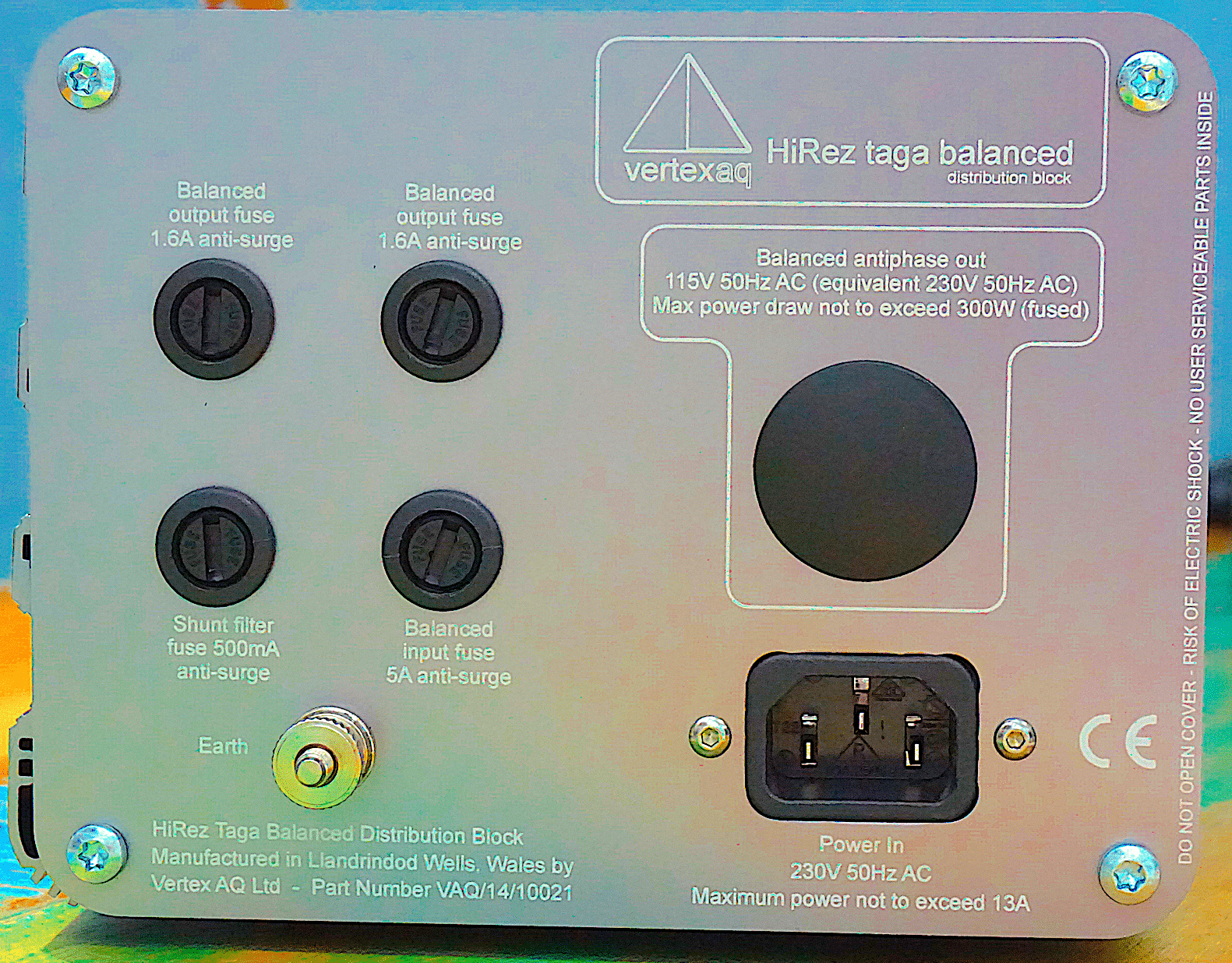
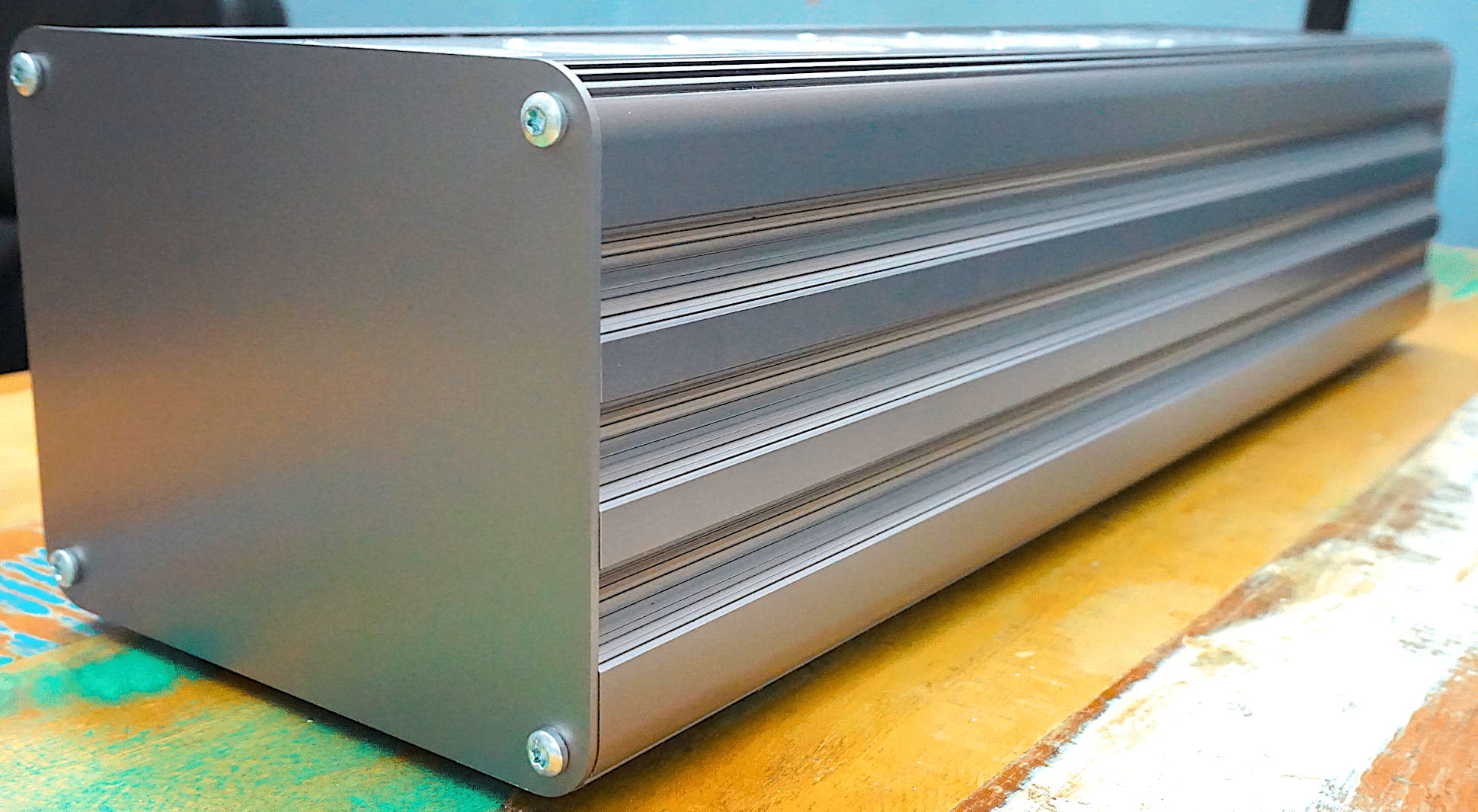
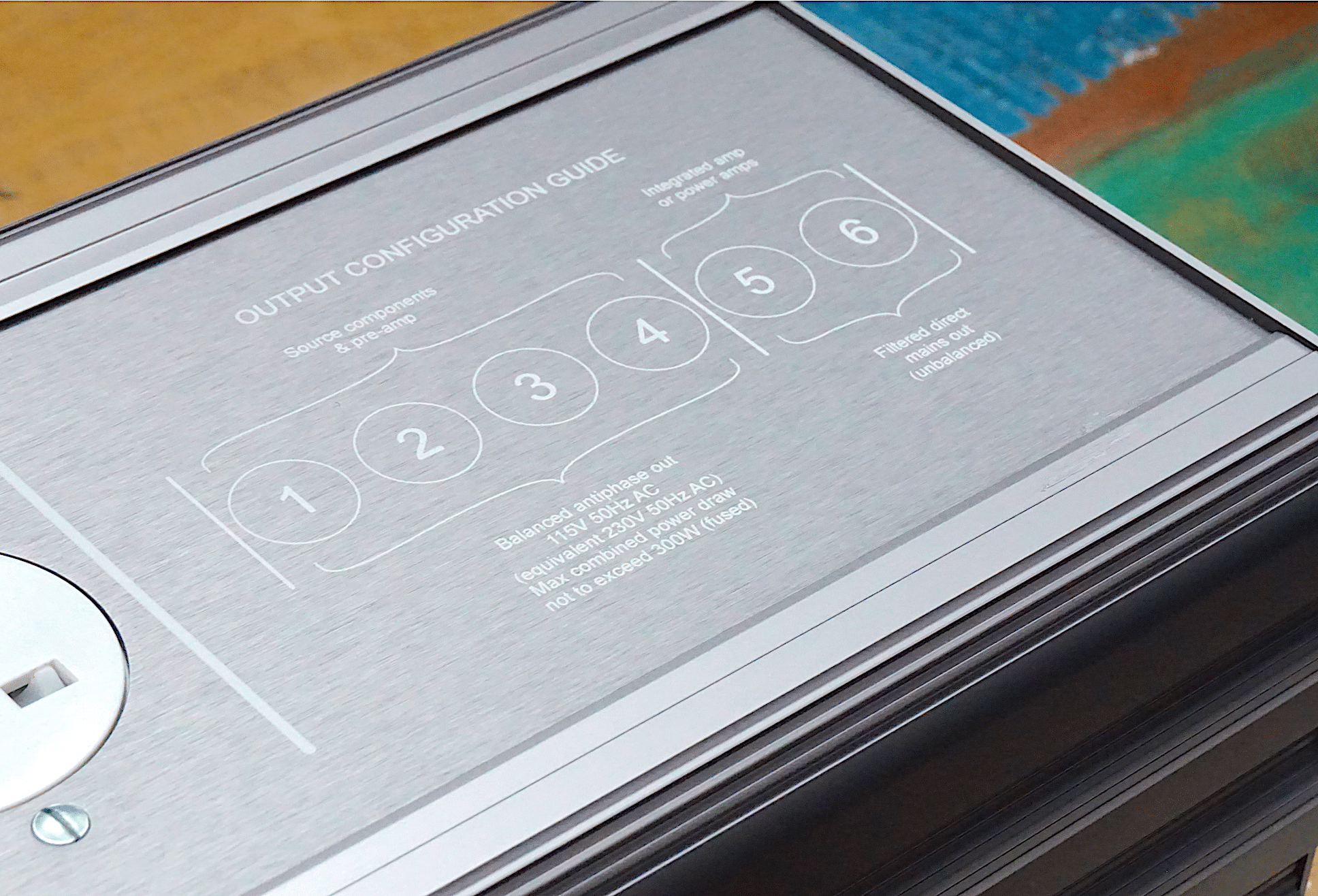

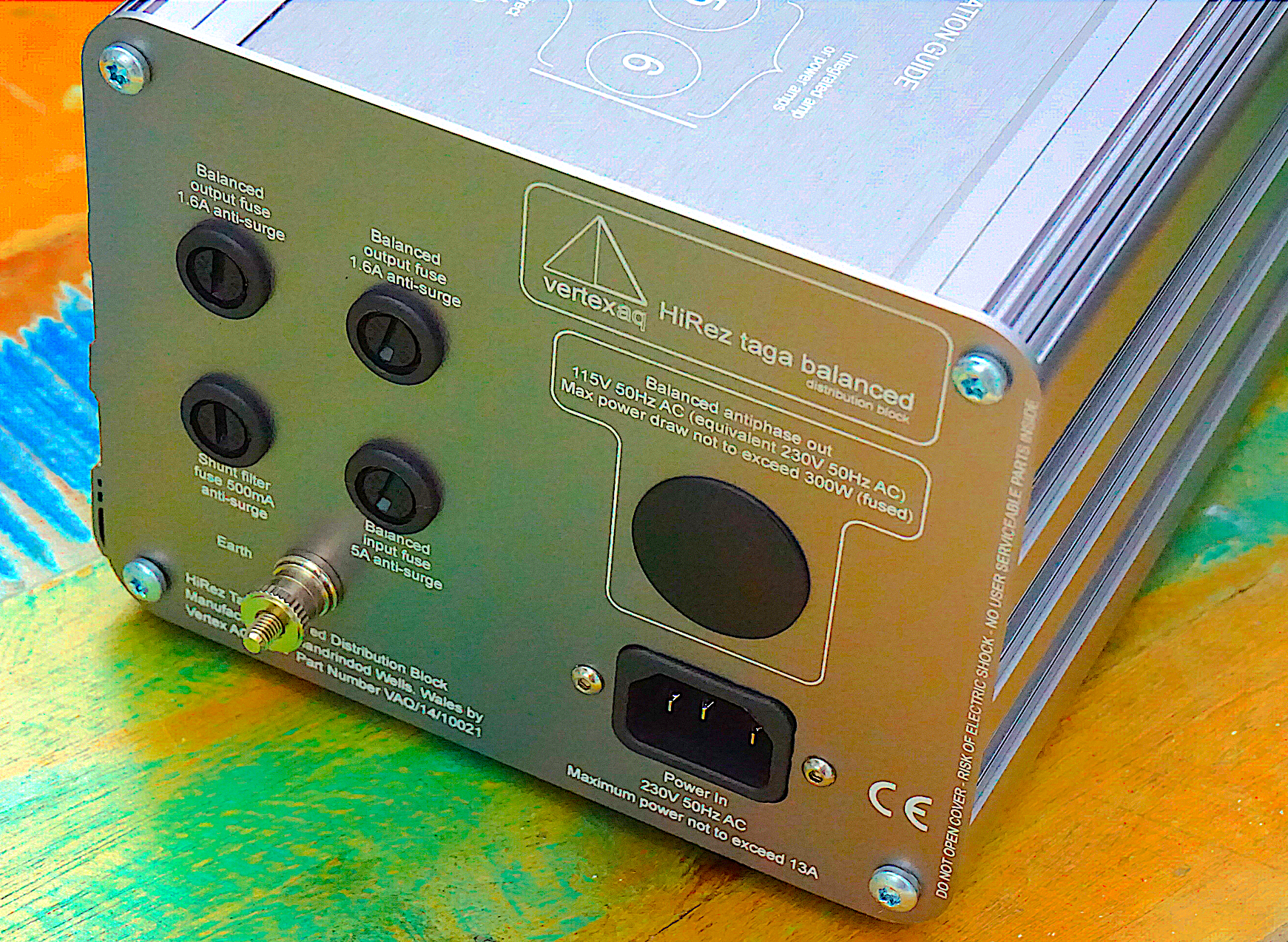
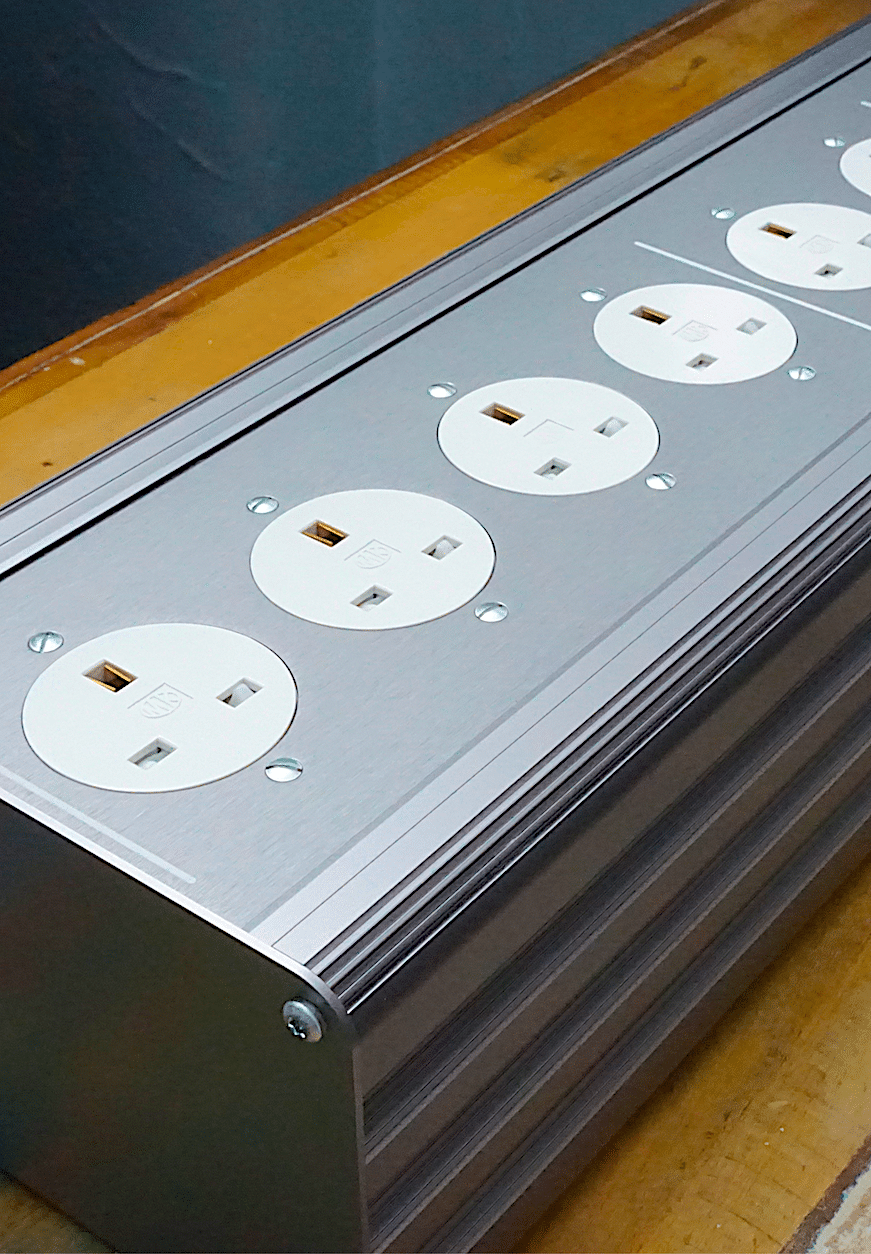
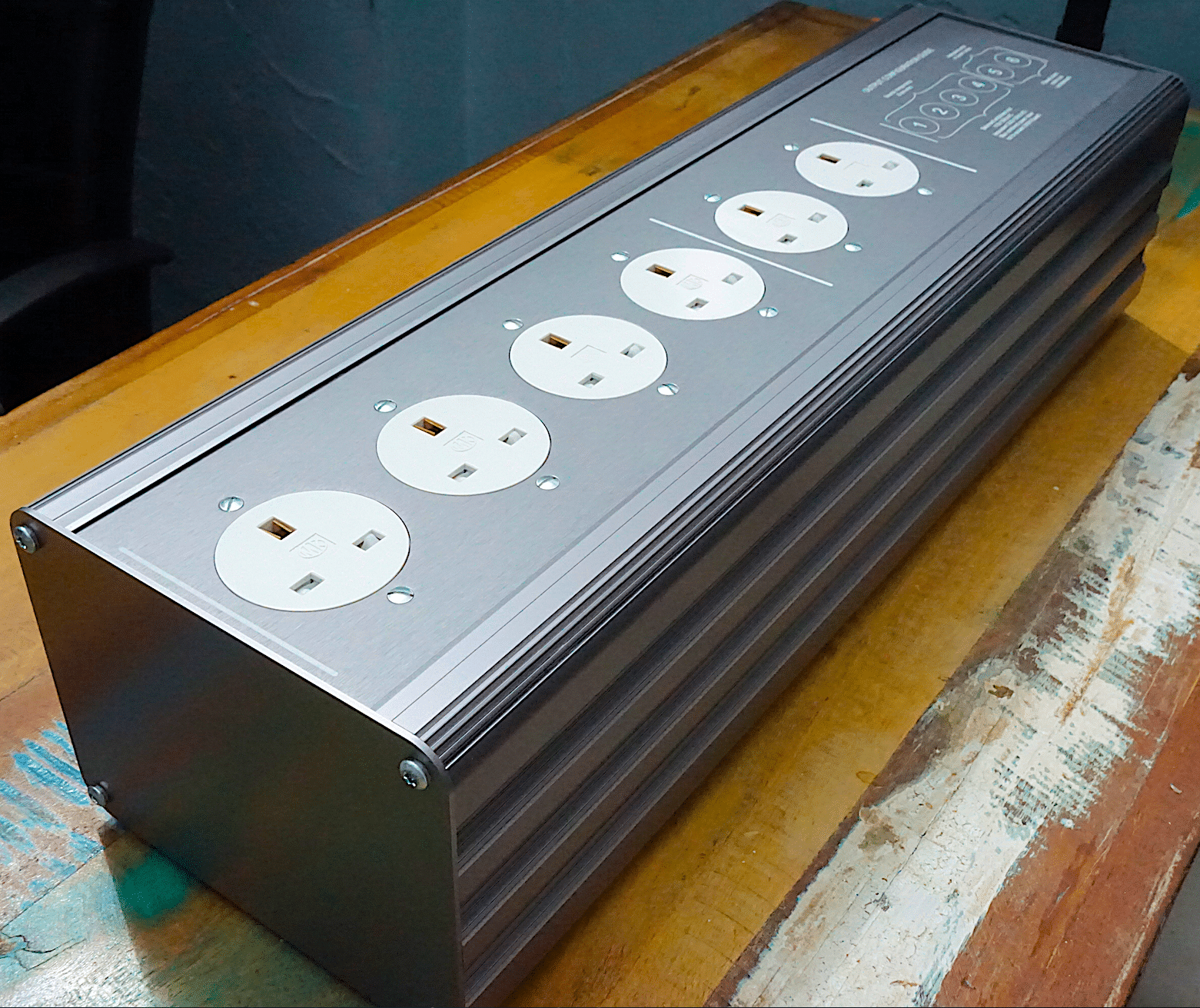



Hi Paul,
Thanks so much for the great review of the Balanced Taga – and your award!
You captured very well the huge benefits with this sort of balanced mains technology. It was great to read about your new-found 3D experience with the Taga and as you rightly point out, this is a level of performance that a lot of hi-fi does not reach. And you also put this all in context with your previous Vertex reviews, again taking that system-wide approach with the infrastructure is another essential element.
And now, with our new brand Quiescent, we are going vastly deeper with the implementation of our technology. We are developing a range of components which combines the latest Vertex techniques with new thinking in design ‚Äì particularly with digital electronics and casework design (much more important than you might imagine!). Our new Quiescent two-box streamer is delivering results beyond anything else that we, and indeed our customers, have ever heard. We’ll keep you updated with progress there!
Once again Paul, many thanks – Steve Elford
Hi Paul,
I’m back again! As per your balanced power review on the Russ Andrews unit- I went to an ‘unnamed transformer manufacturer company’ and made an order for their top of the line unit. The unit turned up, I plugged it in and the transformer made so much noise it was pointless to see if it actually reduced any noise at all. Do you have any recommendations for any ‘affordable’ hifi grade balanced mains units- below ¬£1000, hopefully well below. Maybe they don’t have to be balanced but, balanced seems to be a good way to go. I’m running a Feliks Elise- headphone setup. So not too high volts but I’d like to plug in as much as possible- dac, valve headamp, sotm, laptop etc…. apparently I’ve got ground loops and EMI on my mains- as concluded with certain valve combos with issues- background hum etc. I’m thinking I’ve possibly maybe got DC on the AC line and maybe over/under voltage to boot too- but I don’t know. I’m also thinking of putting some ground steaks in the soil outside and running it up to my electrics on the second floor- but, I might need a sparkie for that. I also wanted to avoid becoming the premium sole ground for the neighbourhood! Which I’ve heard can happen…
Cheers,
Will
Hi Will – check Puritan for the ground thing: http://www.puritanaudiolabs.com/products/ground-master/
As for the balanced power? Can’t do ‘under’ but can do ‘nearby’: http://www.russandrews.com/balanced-mains-units/
HEre’s a review of one of their units to give you a flavour: https://theaudiophileman.com/balanced-1500/
Cheers Paul.
Verdict seems that as well as polluted ground- I’ve got substantial DC on the main line so any balanced transformer is going to hum without a DC blocker. Vertex don’t seem to offer DC blocking except for their special option. All in one unit solution seems to be the Puritan PSM136, any thoughts on that vs PSM156? I’m a sucker for top of the line but not using power amps…just seems like a ‘better’ design… Maybe I could add balanced later down the road. Russ Andrews seem to be revamping their balanced line but still- I need to sort out DC offset first
The 156 is the better of the two Will 🙂